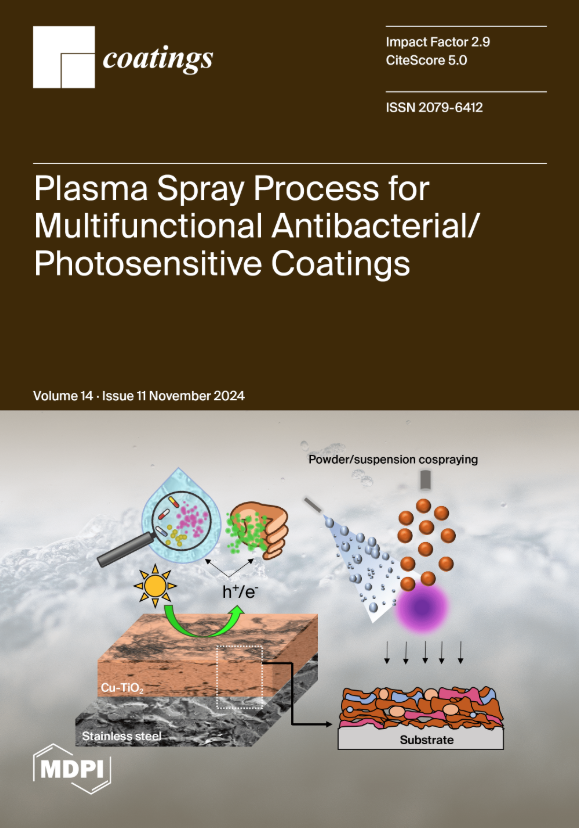基于熔池实时监控的激光直接能量沉积过程控制研究
IF 2.8
3区 材料科学
Q2 MATERIALS SCIENCE, COATINGS & FILMS
引用次数: 0
摘要
在基于激光的直接能量沉积(DED-LB)过程中,沉积层的质量会受到工艺参数和外部环境的影响,存在稳定性差、精度低等问题。本文提出了一种基于同轴视觉的熔池监测方法。首先,利用同轴 CCD 摄像机采集熔池图像,通过灰度、中值滤波降噪、K 均值聚类结合阈值分割等图像处理技术,准确提取熔池的几何特征。利用 Canny 算子结合最小边界矩形法精确提取熔池宽度,并将其作为焊池控制的反馈。进一步分析了工艺参数对熔池的影响。结果表明,随着激光功率的增加,熔池的宽度和面积单调增加,但超过材料极限会导致变形。提高扫描速度会减小熔池的面积。通过比较恒定功率模式和宽度控制模式下的熔池,发现在宽度控制模式下,熔池宽度波动较小,加工精度得到提高,验证了实时控制系统的有效性。本文章由计算机程序翻译,如有差异,请以英文原文为准。
Research on Process Control of Laser-Based Direct Energy Deposition Based on Real-Time Monitoring of Molten Pool
In the process of laser-based direct energy deposition (DED-LB), the quality of the deposited layer will be affected by the process parameters and the external environment, and there are problems such as poor stability and low accuracy. A molten pool monitoring method based on coaxial vision is proposed. Firstly, the molten pool image is captured by a coaxial CCD camera, and the geometric features of the molten pool are accurately extracted by image processing techniques such as grayscale, median filtering noise reduction, and K-means clustering combined with threshold segmentation. The molten pool width is accurately extracted by the Canny operator combined with the minimum boundary rectangle method, and it is used as the feedback of weld pool control. The influence of process parameters on the molten pool was further analyzed. The results show that with an increase in laser power, the width and area of the molten pool increase monotonously, but exceeding the material limit will cause distortion. Increasing the scanning speed will reduce the size of the molten pool. By comparing the molten pool under constant power mode and width control mode, it is found that in width control mode, the melt pool width fluctuates less, and the machining accuracy is improved, validating the effectiveness of the real-time control system.
求助全文
通过发布文献求助,成功后即可免费获取论文全文。
去求助
来源期刊

Coatings
Materials Science-Surfaces, Coatings and Films
CiteScore
5.00
自引率
11.80%
发文量
1657
审稿时长
1.4 months
期刊介绍:
Coatings is an international, peer-reviewed open access journal of coatings and surface engineering. It publishes reviews, research articles, communications and technical notes. Our aim is to encourage scientists to publish their experimental and theoretical results in as much detail as possible. There is no restriction on the length of the papers. Full experimental and/or methodical details must be provided. There are, in addition, unique features of this journal:
* manuscripts regarding research proposals and research ideas will be particularly welcomed
* electronic files or software regarding the full details of the calculation and experimental procedure - if unable to be published in a normal way - can be deposited as supplementary material
 求助内容:
求助内容: 应助结果提醒方式:
应助结果提醒方式:


